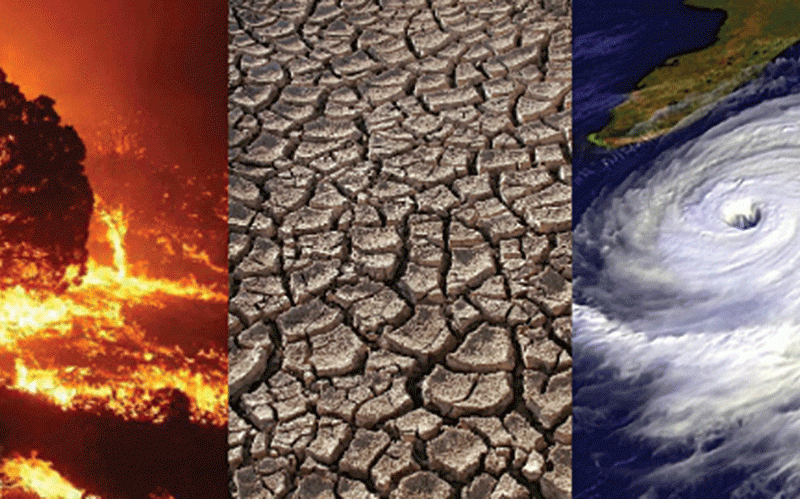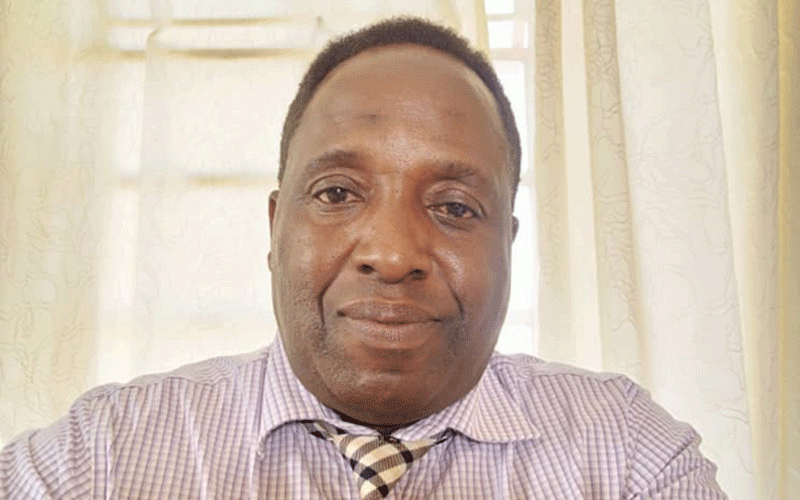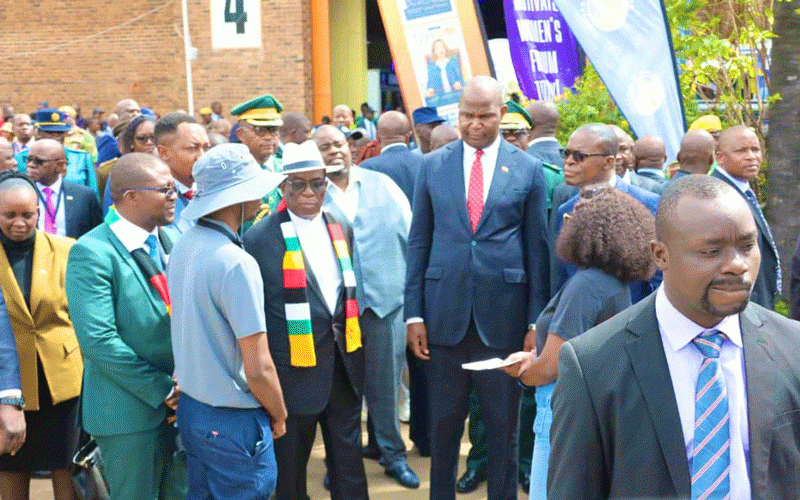
In the heart of Zimbabwe’s environmental and gender justice movements lies an often-overlooked powerhouse: indigenous knowledge systems. These systems passed down through oral traditions, rituals, proverbs, and spiritual practices are not relics of the past but blueprints for sustainable living and community resilience.
As climate change disrupts ecosystems and displaces communities, artists and creatives are turning back to these roots to reclaim, reinterpret, and reinvigorate Zimbabwean ecological wisdom.
In Shona and Ndebele cosmologies, land is not a mere commodity it is kin.
It breathes, remembers, mourns, and nourishes.
To live on the land is to be in constant dialogue with it, to listen to its silences, to heed its moods, and to respect its spiritual boundaries.
In these indigenous worldviews, the land is not owned it is communed with as it is ancestral, sacred, and alive.
This intimate cosmology, in which land, water, flora, and spirit converge, is not just preserved in oral memory —it lives in the aesthetic language of art.
From the textured strokes of a painter echoing river flows, to the haunting tones of mbira that mimic ancestral voices, Zimbabwean creatives are reclaiming and rearticulating this sacred ecological philosophy through their work.
- Over 400 nabbed for environmental violations
- Over 400 nabbed for environmental violations
- Rising charcoal demand threatens Mat North forests
- Zim trees bear brunt of power crisis
Keep Reading
Art becomes not only an act of expression but of invocation.
It is how the unspoken reverence for the land is visualized, how the spiritual relationships with rivers, trees, and mountains are sounded out and embodied.
In this context, creativity is not detached from climate; it is climate theology, eco-ritual, and resistance fused together.
Take the mbira, for instance more than a musical instrument, it is a portal.
Its cyclical rhythms mimic natural cycles rains, harvests, droughts and summon ancestral presence. Artists like the late Chiwoniso Maraire drew from this indigenous knowledge system not only to make music, but to revive cosmologies of care, resilience, and ecological guardianship in a world that increasingly treats the earth as expendable.
Visual artists like Portia Zvavahera use abstraction and ancestral symbolism to weave emotion, memory, and spiritual ecology into their canvases. Her work does not just depict; it invokes. It channels the murmur of rivers and the shadows of sacred trees. This is art as eco-feminist resistance deeply rooted in indigenous spiritual cosmologies that centre women as vessels of ecological wisdom.
Performance artists, writers and poets such as Batsirai Chigama or Philani A Nyoni craft words like water: flowing, cleansing, resistant.
Their work often interrogates the rupture caused by colonialism, patriarchy, and ecological degradation, while simultaneously re-inscribing indigenous ethics of interconnectedness.
In rural spaces, community theatre and ritual dance, particularly by women-led groups, continue to function as repositories of environmental knowledge.
Rain dances are performed not only to call rain, but to remind us of the forgotten contracts we have broken with the earth. In those circles of rhythm, movement, and chant, the healing of climate trauma begins not with policy, but with remembering.
This is where the true power of art lies in its ability to re-story the land, to offer counter-narratives to the dominant logics of exploitation.
Zimbabwean artists are not simply reflecting the environment, but they are channeling its spirit, mourning its wounds, and dreaming its restoration.
Their work emerges not from galleries alone, but from sacred groves, forgotten rituals, kitchen hearths, and rain-starved fields.
Thus, in the intersection of gender, climate, and creativity, we witness a renaissance of indigenous eco-aesthetics art as a form of cultural survival, feminist defiance, and ecological communion.
While international climate change discourse is often dominated by technocratic jargon mitigation frameworks, carbon credits, and SDGs there is a growing global and local recognition that policy alone is insufficient to address the complex web of ecological crises.
In Zimbabwe, where climate change intersects deeply with gender inequality, rural marginalization, and colonial land alienation, the need for a holistic, culturally grounded approach is urgent.
Yet what is often missing in policy tables is the voice of the artist, the cultural worker, the spiritual ecologist who speaks not in charts and models, but in poetry, sculpture, performance, and music languages that move hearts as well as minds.
It is here that art steps in not merely as an afterthought, but as a parallel system of environmental governance rooted in memory, emotion, ethics, and spirituality.
Policy frameworks in Zimbabwe such as the National Climate Policy (2017), the Zimbabwe National Gender Policy, and the Environmental Management Act (Chapter 20:27) aim to enhance climate resilience and sustainable development.
However, their impact is often diluted by limited community engagement, poor dissemination of indigenous knowledge, and a technocratic language that alienates grassroots communities.
Through storytelling, dramatization, and visual metaphor, they translate complex policies into lived experiences, turning climate data into empathy, and legal statutes into song, mural, and theatre.
They enable policy literacy by re-framing environmental information in ways that resonate with local cosmologies and worldviews.
A play about deforestation performed in Mutoko, for instance, may achieve more behavioural change than a policy brief distributed in English.
Moreover, artists are custodians of cultural continuity. Their work reflects centuries-old ecological knowledge systems that have long practiced sustainability through totemic taboos, rainmaking rituals, and sacred site protection.
Policy that fails to incorporate this knowledge is not only incomplete it is fundamentally disconnected from the people it intends to serve.
To address Zimbabwe’s deepening ecological crises, there is a growing call to reimagine climate governance through a lens of cultural inclusion.
Participatory eco-governance where artists, traditional leaders, gender activists, scientists, and policymakers come together to co-create climate solutions is no longer a utopian dream.
It is a practical necessity. Across the country, artists are already stepping into this space, not as passive entertainers but as visionaries, healers, and architects of sustainable futures.
Imagine a mural in Chipinge, co-created by women and youth, capturing environmental memories and visions of resilience.
Picture mobile theatre troupes like Patsime Edutainment dramatising the heartbreak of climate-induced migration and community displacement.
Visualise mbira-led symposiums in the Eastern Highlands that summon ancestral wisdom to discuss land conservation and water protection. Envision poetry festivals aligned with World Environment Day or the 16 Days of Activism Against Gender-Based Violence, connecting ecological injustice to the lived realities of gender oppression.
These creative expressions are not merely art for art’s sake they are grassroots policy interventions in motion.
For Zimbabwe to fully benefit from this artistic momentum, policy must stop viewing artists as peripheral. Instead, it must position them as co-authors of the nation’s green vision.
This calls for bold and culturally grounded policy actions.
Firstly, artists and creative practitioners must be formally included in climate and gender policy platforms both at national and local levels.
Secondly, the Environmental Management Agency and related ministries must allocate direct funding for art-based environmental education, community theatre, and cultural exhibitions that promote climate resilience.
Thirdly, schools must be empowered to integrate indigenous aesthetic traditions such as oral storytelling, ritual performance, and symbolic art into climate curricula.
Fourth, the knowledge systems of elders and local custodians must be documented collaboratively with artists and researchers, safeguarding Zimbabwe’s vast oral ecologies for future generations.
And finally, there is a pressing need to decolonize the language of environmental policy itself. Policy must be written and shared in ways that resonate with local cosmologies using metaphor, idiom, and the symbolic richness found in Shona and Ndebele thought systems without excluding the cultural eclecticism which is in our country.
Zimbabwe’s artists are not waiting for policy to catch up they are already leading.
They are painting the drought, singing the soil, dramatizing deforestation, and sculpting ancestral truths back into public memory. They do not merely resist ecological erasure they renew, reimagine, and restore. What remains is for the state to walk with them not behind them.
When the sculptor, the healer, the poet, and the musician are treated not as décor but as integral designers of environmental governance, then true sustainability will not just be technical. It will be felt, heard, sung, danced, and deeply lived. That is not just a creative aspiration it is a policy imperative.
*Raymond Millagre Langa is a musician, poet, orator, independent researcher and founder of Indebo edutainment Trust. You can follow on Facebook @Millagre Ray Langa, on X you can follow on #Millagre Langa, email. millagrepapito@gmail.com or indebotrust@gmail.com










